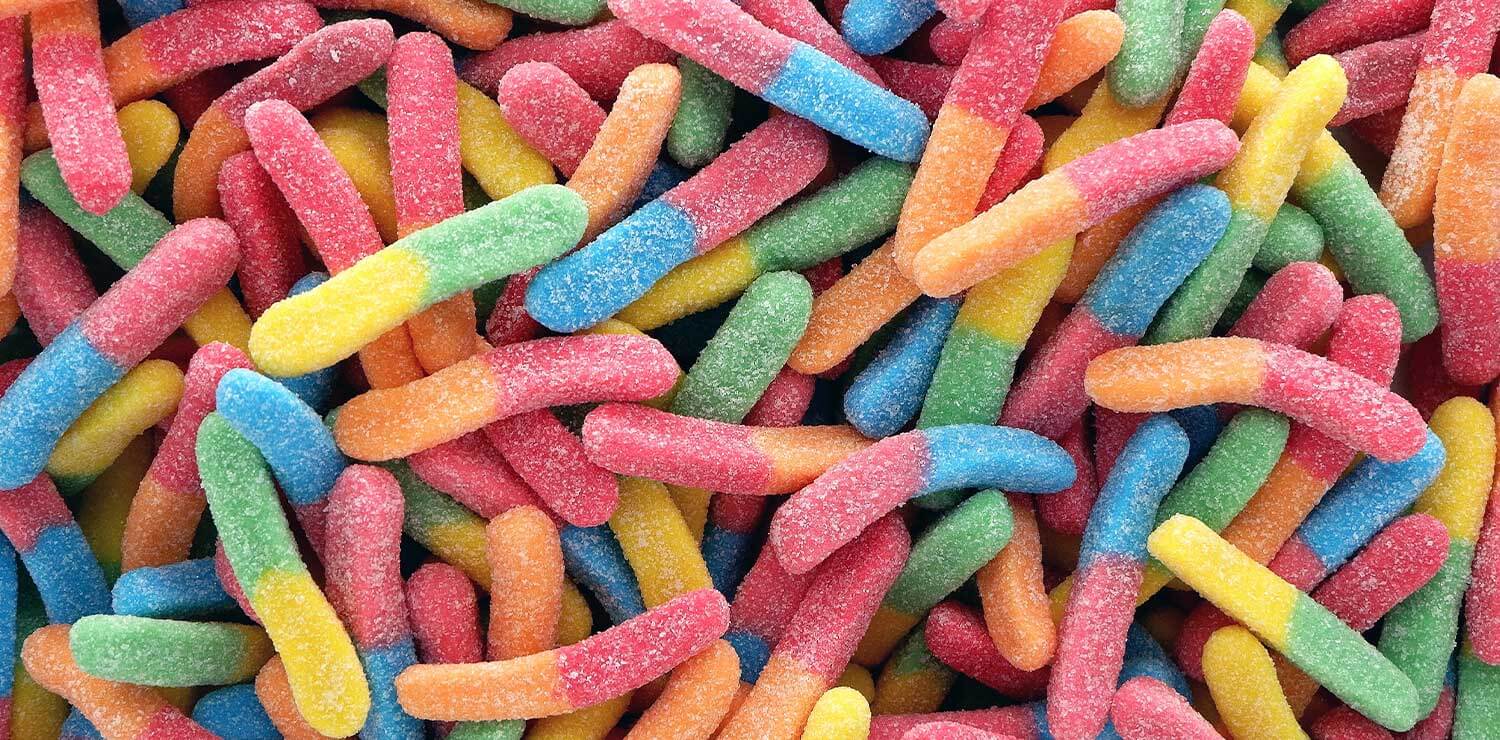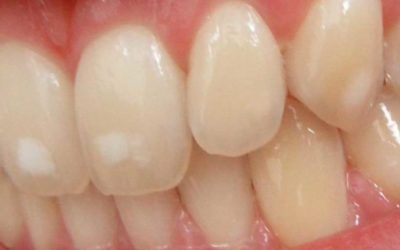Tooth decay is caused by four common culprits: sugar, inadequate home care, acids, and destructive bacteria. Tooth decay occurs when destructive bacteria that live on teeth ingest sugars from our diet and secrete acids as a byproduct. When proper home and professional hygiene care are less than optimal, the bacteria remain on teeth to turn sugar into acids which break down tooth enamel. After the enamel has been compromised, the bacteria are able to destroy a baby tooth within months.
Sugar and acids—These things can come from many different sources including soda pop, bubble gum, cookies, candy, fruit juices, flavored waters and milk. Some of these examples contain approximately 13 tablespoons of sugar. That is a feast for destructive bacteria! Even though it contains no sugar, diet soda is also detrimental because its acid level is close to that of battery acid. The bad bacteria in the mouth love to have an acidic environment. Destructive bacteria are those bugs which secrete more acids than other types of oral bacteria. They also thrive on the sugar that passes through our mouths. Destructive bugs enjoy hiding in grooves of teeth, near the gums that surround teeth and between adjacent teeth.
Unfortunately, these are the hardest areas to keep clean. It should come as no surprise that decay occurs most frequently in these areas. Destructive bacteria are also transmissible from care provider to child. So it is not a good idea to share your drinks or bottles with children as these destructive bacteria can be passed on like the common cold.
Appropriate oral hygiene is important to keep destructive bacteria from resting on teeth. Homecare instructions taught by a registered dental hygienist will help remove bacteria on a consistent basis. Other preventative techniques such as sealants and fluoride applications may be recommended to supplement good home care. Following these practices will limit the destructive ability of the different causes of decay.
It takes about 20 minutes for destructive bacteria to ingest sugar and secrete acids on a tooth. If juice is consumed with a meal, and a child’s home care is optimal, tooth decay is not very likely to start.
Alternatively, if juice is placed in a baby bottle or sippy cup and is sipped over a full hour or more, it provides a constant feast for bacteria to digest sugar and spew acids on teeth! The same is true for allowing your child to snack constantly.
Even with good homecare, your child is more likely to develop tooth decay.



